Introduction to the Yangtze River
The Yangtze River, known as Chang Jiang (长江) in Chinese, stands as China’s mightiest waterway and a symbol of the nation’s enduring spirit. Stretching 6,300 kilometers (3,915 miles) from the glaciers of the Tibetan Plateau to the East China Sea, it is the third-longest river in the world and the longest in Asia.
Key Facts:
- Length: 6,300 km (3,915 miles)
- Source: Tanggula Mountains, Qinghai Province
- Mouth: East China Sea near Shanghai
- Provinces/Municipalities traversed: 11
This majestic river has been the cradle of civilization, a conduit for trade, and the inspiration for countless works of art and literature throughout China’s long history.
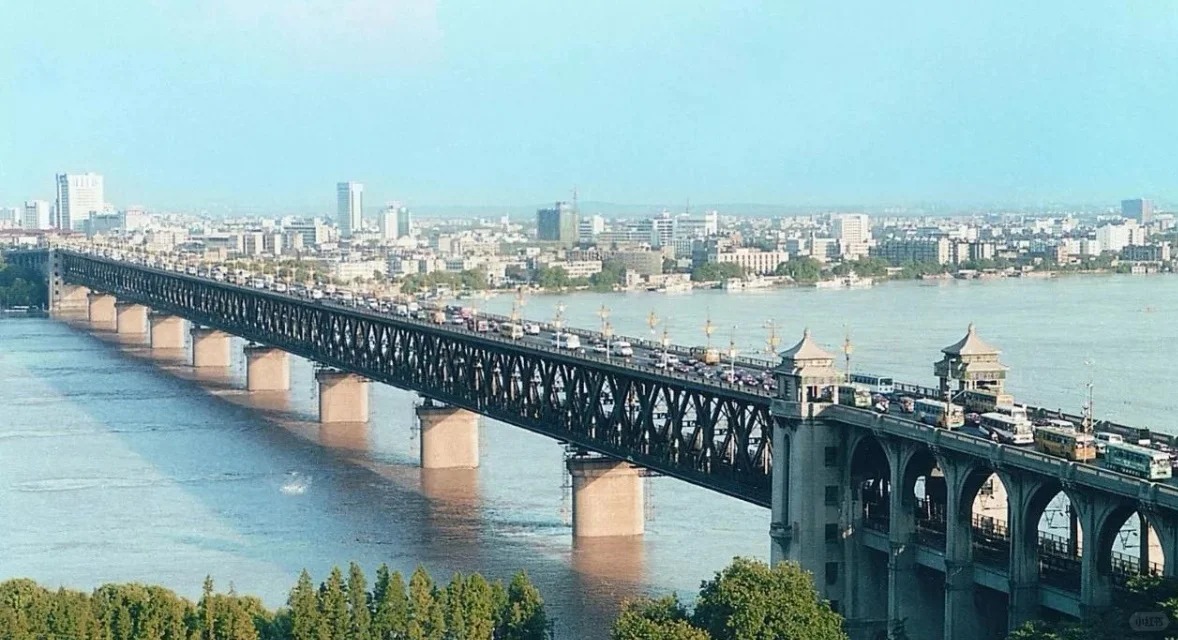
The Yangtze’s Journey: From Source to Sea
Tibetan Plateau and Upper Reaches
The Yangtze begins its journey in the harsh, high-altitude environment of the Tibetan Plateau. Here, glacial meltwater forms the river’s headwaters, carving through deep valleys and creating spectacular gorges.
Three Gorges Region
As the river enters Hubei province, it passes through the famous Three Gorges: Qutang, Wu, and Xiling. These steep canyons, with their mist-shrouded peaks and swirling waters, have captivated travelers for centuries.
Middle Reaches
The middle section of the Yangtze flows through the fertile plains of central China, passing major cities like Wuhan and Nanjing. This region is China’s agricultural heartland, producing rice, tea, and other crops.
Lower Reaches and Delta
Near its mouth, the Yangtze forms a vast delta region, including the megacity of Shanghai. This area is one of the most densely populated and economically vibrant regions in China.
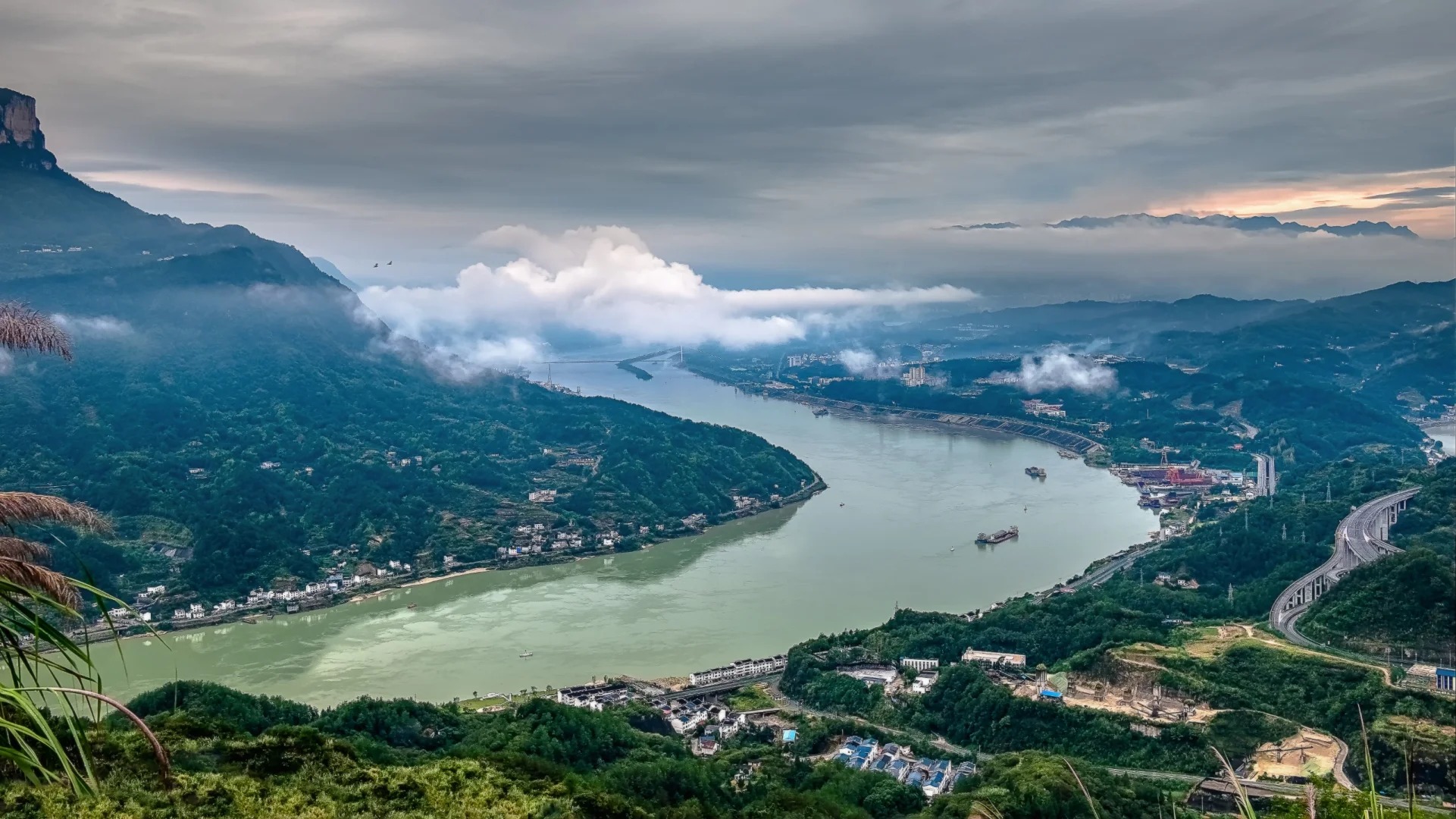
Historical and Cultural Significance
The Yangtze has been central to Chinese civilization for millennia. Ancient cultures like the Baiyue and the State of Chu flourished along its banks. The river features prominently in Chinese poetry, painting, and folklore, often symbolizing the endurance and vitality of the Chinese people.
Key Historical Events:
- Battle of Red Cliffs (208-209 CE)
- Grand Canal’s connection to the Yangtze (7th century CE)
- Nanjing Treaty opening river ports to foreign trade (1842)
The Three Gorges and the Three Gorges Dam
The Three Gorges region is perhaps the most famous section of the Yangtze. Each gorge has its own character:
- Qutang Gorge: The shortest but most dramatic, known for its narrow passage and steep cliffs.
- Wu Gorge: Famous for its twelve peaks and beautifully forested mountains.
- Xiling Gorge: The longest, once treacherous for sailors but now tamed by the dam.
The Three Gorges Dam, completed in 2006, is a marvel of modern engineering. While controversial for its environmental and social impacts, it has significantly improved flood control and navigation on the river.
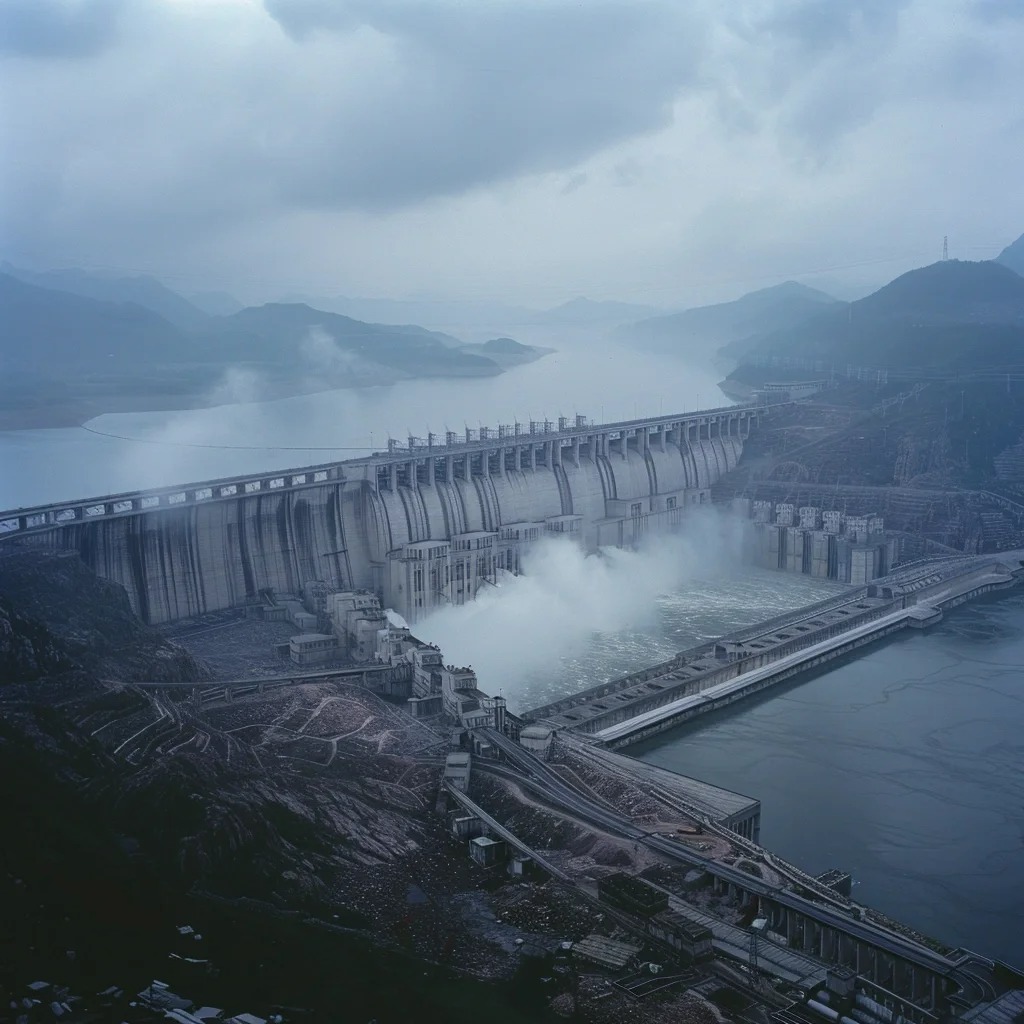
Major Cities and Attractions Along the Yangtze
| City | Province | Key Attractions |
|---|---|---|
| Chongqing | Chongqing Municipality | Ciqikou Ancient Town, Dazu Rock Carvings |
| Wuhan | Hubei | Yellow Crane Tower, East Lake |
| Nanjing | Jiangsu | Sun Yat-sen Mausoleum, Ming City Wall |
| Shanghai | Shanghai Municipality | The Bund, Yu Garden |
Other notable sites include:
- Fengdu Ghost City: A complex of shrines and temples dedicated to the afterlife
- Shibaozhai Pagoda: A 12-story pavilion built against a sheer cliff face
- Sanyou Cave: Known as the “Cave of the Three Travelers” for its poetic inscriptions
Yangtze River Cruises: A Traveler’s Guide
Yangtze River cruises offer a unique way to experience the river’s beauty and cultural significance.
Types of Cruises:
- Luxury cruises with 5-star amenities
- Boutique cruises focusing on cultural experiences
- Local ferries for budget-conscious travelers
Best Time for Cruises: April to October, with September and October being ideal for clear weather and comfortable temperatures.
Typical Itinerary:
- Embarkation in Chongqing
- Passage through the Three Gorges
- Visit to the Three Gorges Dam
- Shore excursions to historical sites and local villages
- Disembarkation in Yichang (or vice versa)
Onboard Activities: Tai Chi classes, Chinese cooking demonstrations, lectures on Chinese history and culture
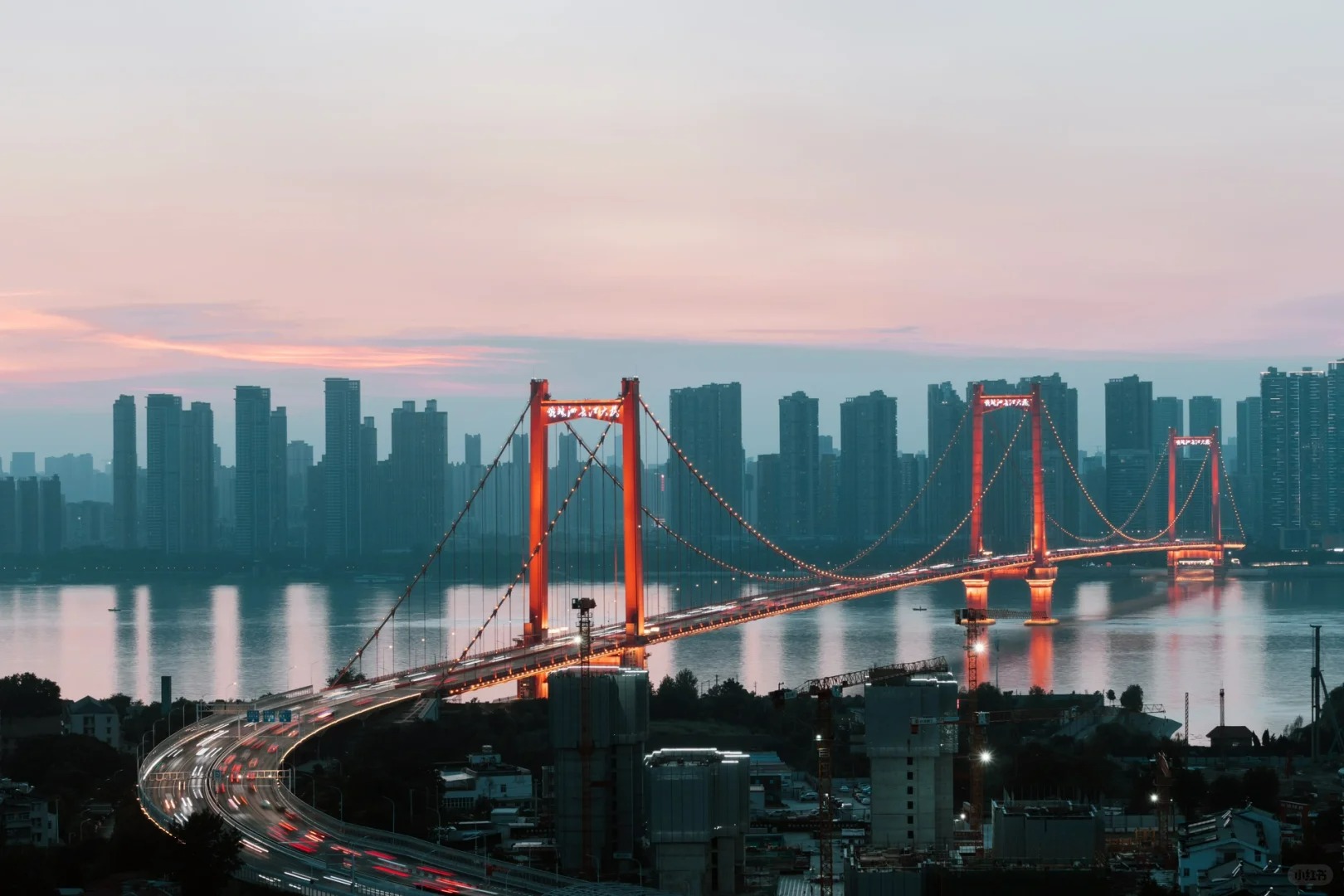
Environmental Concerns and Conservation Efforts
The Yangtze ecosystem faces numerous challenges:
- Industrial pollution from factories along the banks
- Loss of wetlands and changes in water flow due to the Three Gorges Dam
- Extinction of species like the Yangtze River dolphin (baiji)
Conservation efforts include:
- Stricter regulations on industrial discharge
- Creation of nature reserves for endangered species
- Reforestation projects in the upper reaches
- Development of eco-friendly tourism practices
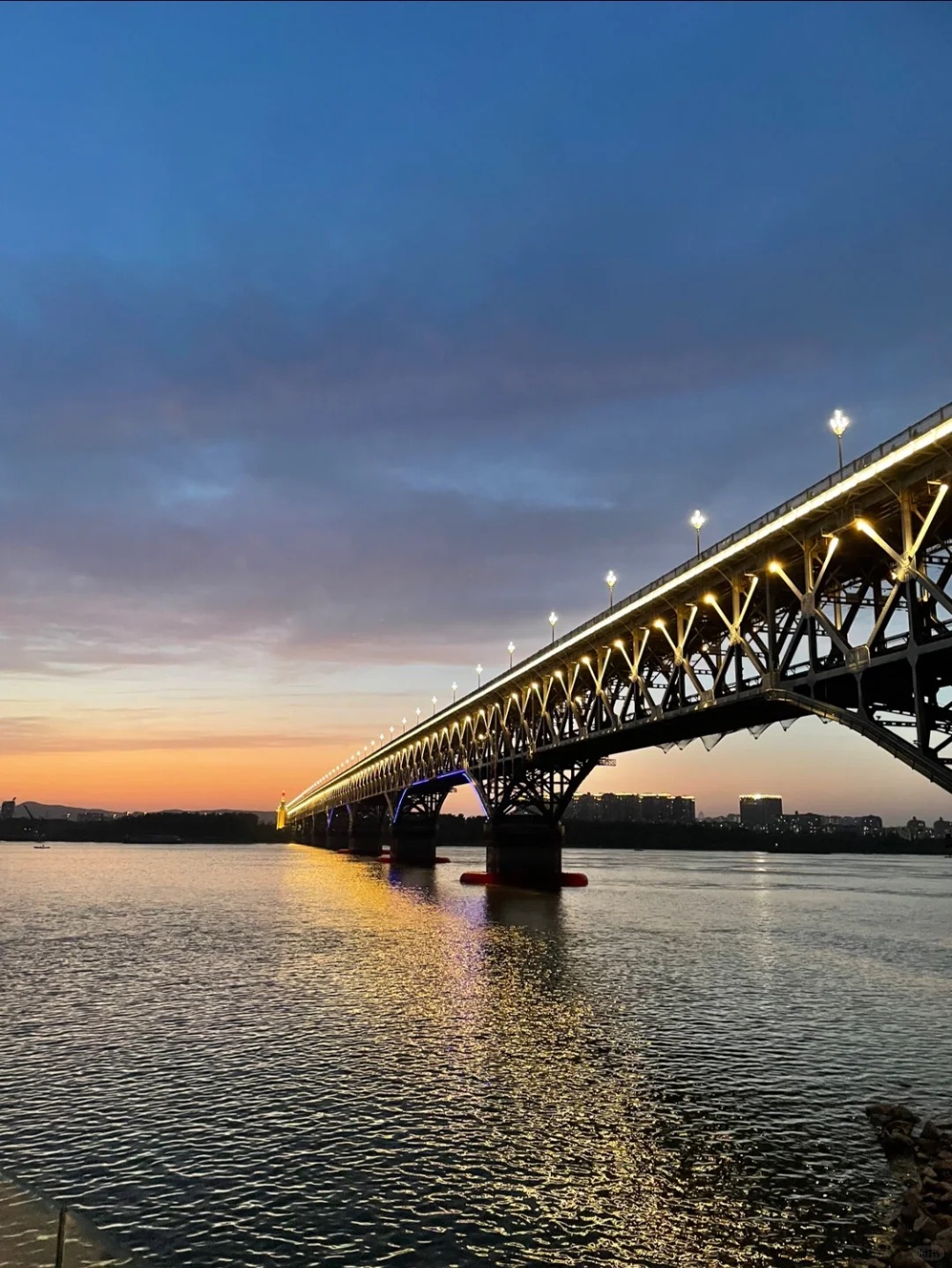
The Yangtze River, with its rich history and stunning landscapes, offers travelers a unique window into the heart of China. From the misty gorges to the bustling metropolises, each bend in the river tells a story of China’s past, present, and future. Whether you’re marveling at ancient cliff carvings, enjoying the modern comforts of a river cruise, or contemplating the engineering feat of the Three Gorges Dam, a journey along the Yangtze is an unforgettable experience that captures the essence of this dynamic nation.





